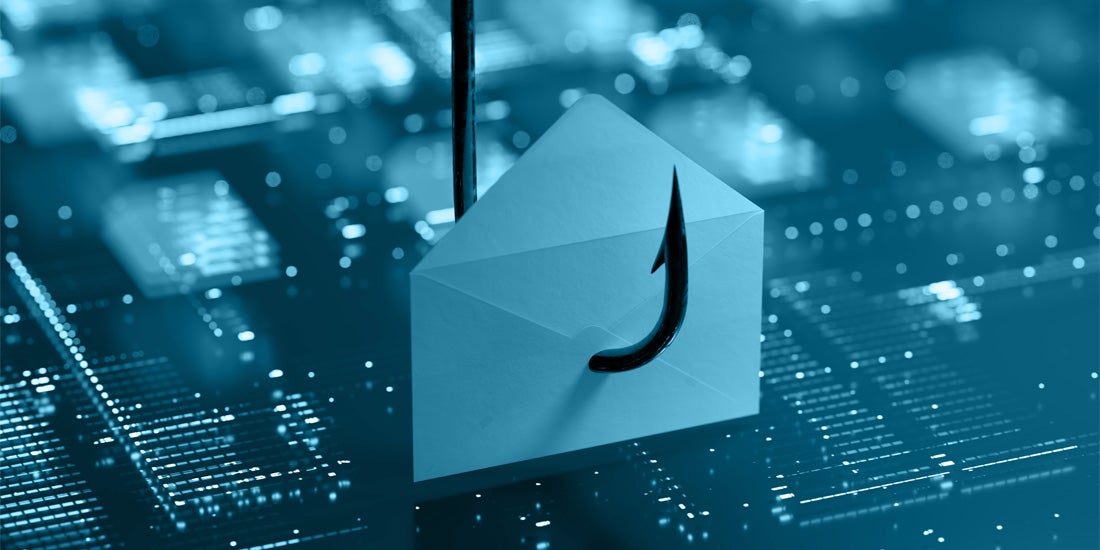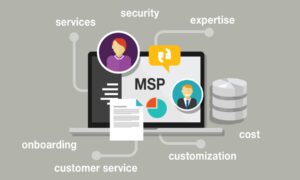Traditional phishing defenses won’t hold up against future threats. AI-driven attacks are rewriting the cybersecurity playbook for 2025. You’re facing a new breed of deception that learns, adapts, and personalizes its approach with unprecedented precision. These attacks don’t just mimic trusted sources—they anticipate behaviors, exploit psychological patterns, and bypass conventional security measures.
The Evolving Threat: Why AI is Supercharging Phishing Attacks
Traditional phishing relied on mass-distributed generic content. AI-powered phishing represents a fundamental shift in how cybercriminals exploit human vulnerabilities. Attackers now automatically generate highly personalized messages that mirror legitimate communication patterns, making detection increasingly complex. Even advanced endpoint detection and response tools (EDR) that businesses have invested in over the past decade struggle to identify these sophisticated threats, as they often bypass signature-based detection methods entirely.
AI systems analyze vast amounts of social media data and corporate communications to craft convincingly authentic messages. Despite improved user education, these sophisticated attacks bypass traditional security measures and exploit psychological triggers with remarkable accuracy. The stakes rise as AI democratizes access to advanced social engineering tools, potentially turning casual criminals into highly effective cyberthieves.
Understanding the AI Advantage: How Phishing is Becoming More Sophisticated
You’re facing a new generation of phishing attacks that leverage hyper-personalization, natural language processing, and automated scaling to bypass security measures. These systems analyze your digital footprint to craft highly convincing emails while generating and adapting attacks at unprecedented speed. Deepfake technology adds another layer of deception by enabling criminals to convincingly impersonate trusted colleagues through video and audio manipulation.
Hyper-Personalization: Crafting Emails That Look Like They Know You
The rise of hyper-personalized phishing attacks represents one of the most concerning developments in cybersecurity. AI systems now analyze your digital footprint to craft messages that appear eerily familiar and trustworthy.
These tactics leverage massive datasets to understand your behaviors, preferences, and relationships. AI-powered systems mine your social media posts, professional networks, and online activities. This enables attackers to reference specific details about your life, making their deceptive communications nearly indistinguishable from legitimate ones.
Modern AI phishing adapts to your communication style, mimics trusted contacts, and exploits your established digital relationships to bypass security awareness training.
Realistic Language and Tone: Bypassing Traditional Detection
Modern AI language models have revolutionized phishing by generating messages virtually indistinguishable from genuine communications. These sophisticated techniques create flawlessly written content that bypasses traditional detection technology, rendering existing security measures less effective.
These AI systems combine psychological targeting methods with user behavior analysis to craft messages that perfectly mirror legitimate business correspondence. They produce content that lacks typical red flags—poor grammar, awkward phrasing, suspicious tone—that security-conscious employees are trained to spot. The result is a new generation of phishing attempts that can fool even vigilant professionals.
Automated Attack Generation: Scaling Threats Efficiently
Sophisticated AI-driven automation has transformed how cybercriminals scale their phishing operations. Attackers now deploy thousands of customized campaigns simultaneously while minimizing operational overhead. AI systems continuously learn from successful attacks, refining their approach in real-time.
Criminals can automatically adjust tactics based on victim responses. Traditional defenses struggle against these evolving threats, as cybercriminals can test multiple approaches until they find what works. Modern threat assessment tools are becoming essential for defending against AI-powered campaigns that launch, analyze, and modify attacks faster than human security teams can respond.
The Potential Impact: What AI-Driven Phishing Means for Businesses
As AI-powered phishing attacks become more sophisticated, you’ll face higher success rates from these scams, potentially leading to devastating financial losses and data breaches across your organization. Your brand’s reputation and customer trust will likely suffer considerable damage if attackers successfully compromise sensitive information. Your security teams will need to manage unprecedented strain as they attempt to detect, prevent, and respond to these increasingly convincing AI-generated threats.
While traditional phishing attacks typically yield success rates between 1-3%, AI-driven campaigns are projected to achieve markedly higher conversion rates due to their enhanced targeting capabilities and human-like authenticity. These sophisticated attacks leverage deep learning to craft hyper-personalized messages that mirror legitimate business communications.
The financial impact extends beyond immediate monetary losses. When your business falls victim, you’ll face cascading vulnerabilities, from fraudulent transactions to costly regulatory compliance challenges. The resulting reputational damage may impact customer trust and business relationships for years.
Preparing for the Inevitable: How Businesses Can Defend Against AI-Driven Phishing
Your organization needs a multi-layered defense strategy combining advanced security awareness training with robust technical controls like MFA and AI-powered email security solutions. Your incident response plans must specifically address AI-generated threats while enabling rapid detection and containment of potential breaches.
Investing in Advanced Security Awareness Training
Today’s AI-driven attacks demand a sophisticated approach to employee training. Key components should include:
- Interactive training modules that simulate AI-generated phishing attempts
- Proactive engagement strategies that encourage staff to report suspicious communications
- Regular assessment of employee response patterns to fine-tune training effectiveness
Implementing Multi-Factor Authentication Everywhere
Even if attackers steal credentials through advanced AI-generated deception, MFA guarantees they can’t access systems without additional verification factors. Choose from multiple options including biometrics, authenticator apps, or hardware tokens to match your security needs. Don’t wait—deploy MFA everywhere now to protect against tomorrow’s AI-enhanced threats.
Deploying Advanced Email Security Solutions
Modern email security demands AI-powered defense systems that can match and outmaneuver increasingly sophisticated phishing threats. Implement platforms that automatically detect and quarantine suspicious messages based on real-time threat intelligence. Select solutions that align with your organization’s security needs and budget constraints.
Fostering a Culture of Skepticism and Verification
Cultivating organizational skepticism remains your strongest defense against social engineering. Through consistent training and phishing drills, empower your team to question suspicious communications and independently verify requests.
Implement robust communication protocols that require multi-channel verification for sensitive information requests, especially those involving financial transactions or credential changes. Establish clear information verification procedures, including designated contacts for authenticating unusual requests.
Remember: Your workforce’s collective skepticism creates a human firewall that even sophisticated AI-driven attacks can’t easily penetrate.
The battle against AI-enhanced threats requires continuous vigilance. Monitor the threat landscape, adapt your response strategies, and maintain a dynamic approach that combines regular policy updates with ongoing user education. Your security framework must evolve alongside the threats, incorporating new protective measures as they become available.



































